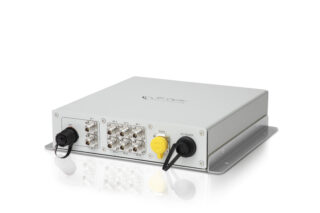
A mining company relying on a conventional two-way radio network suffered from frequent signal losses, especially in remote or underground areas. Maintenance costs were high due to the need for regular antenna adjustments, cable replacements, and signal amplification equipment that was prone to failure and provided limited feedback in terms of system performance and configurability.
The customer was facing several challenges:
- Signal Degradation – Terrain features, such as hills and tunnels, caused signal degradation and dead zones, hampering communication between personnel.
- Limited Coverage – The existing radio network needed more coverage, leading to communication blackouts in critical areas of the mine.
- High Maintenance Costs – To address signal issues, constant maintenance and upgrades were required, leading to increased operational expenses.
- Reliability Concerns – Unreliable communication impacted safety protocols and operational coordination, posing risks to personnel and assets.
To solve these issues, D2N deployed an RFoF system by RFOptic that converts RF signals into optical signals, allowing for the transmission of radio signals over long distances without signal degradation. Reported benefits include:
- Improved communication
The RFoF system significantly improves communication reliability and coverage. Personnel can now communicate seamlessly, even in previously problematic areas. - Enhanced Safety
Reliable communication enhanced safety protocols, enabling quick response to emergencies and improved coordination during daily operations. - Lower Maintenance Costs
The system’s robust design and reduced signal degradation minimizes the need for frequent maintenance, resulting in cost savings. - Operational Efficiency
With reliable communication channels established, operational efficiency has been increased as personnel can now collaborate effectively, leading to smoother workflows and reduced downtime. - Scalability
The modular nature of the RFoF system allows for easy scalability as the mine site expands or new communication needs arise.
Conclusion
By adopting an RFoF system, the customer transformed communication at its mine site, addressing longstanding challenges related to signal degradation, limited coverage, and high maintenance costs. By leveraging RFOptic’s advanced technology, improved reliability, enhanced safety, lower maintenance expenses, and increased operational efficiency were achieved. This ultimately contributes to a more productive and secure work environment.
The challenges that the customer experienced are well-known. Critical sites, such as tunnels and mines, often suffer from limited communication. To address this problem, RFOptic provides RFoF/GPS solutions for mines, tunnels, and underground transportation systems. Its RF over fiber links 2.5GHz, 4GHz, 6GHz, and GPS are used in mines and tunnels where wireless solutions are limited due to line of sight. The solutions can also be used for accurate timing or RF communication signals to/from above ground into mines, tunnels, and underground/subway systems.

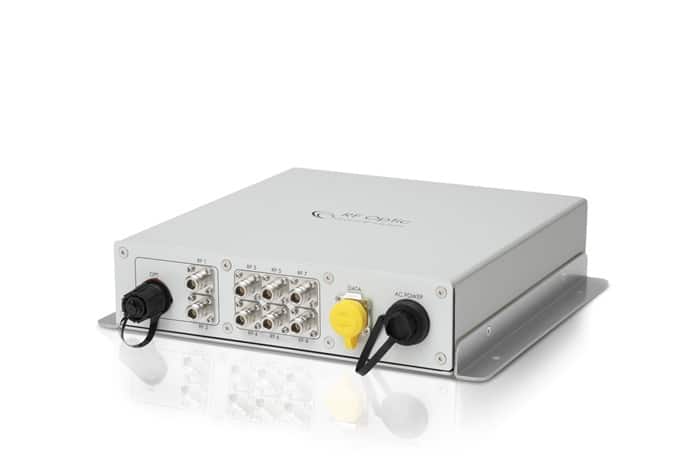
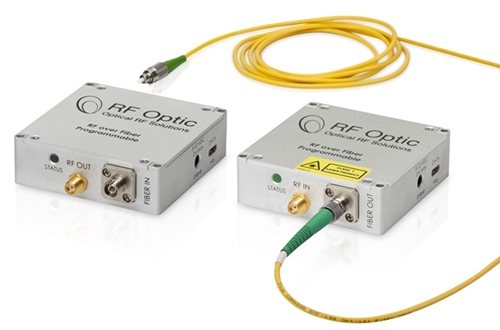
 GPS timing signals
GPS timing signals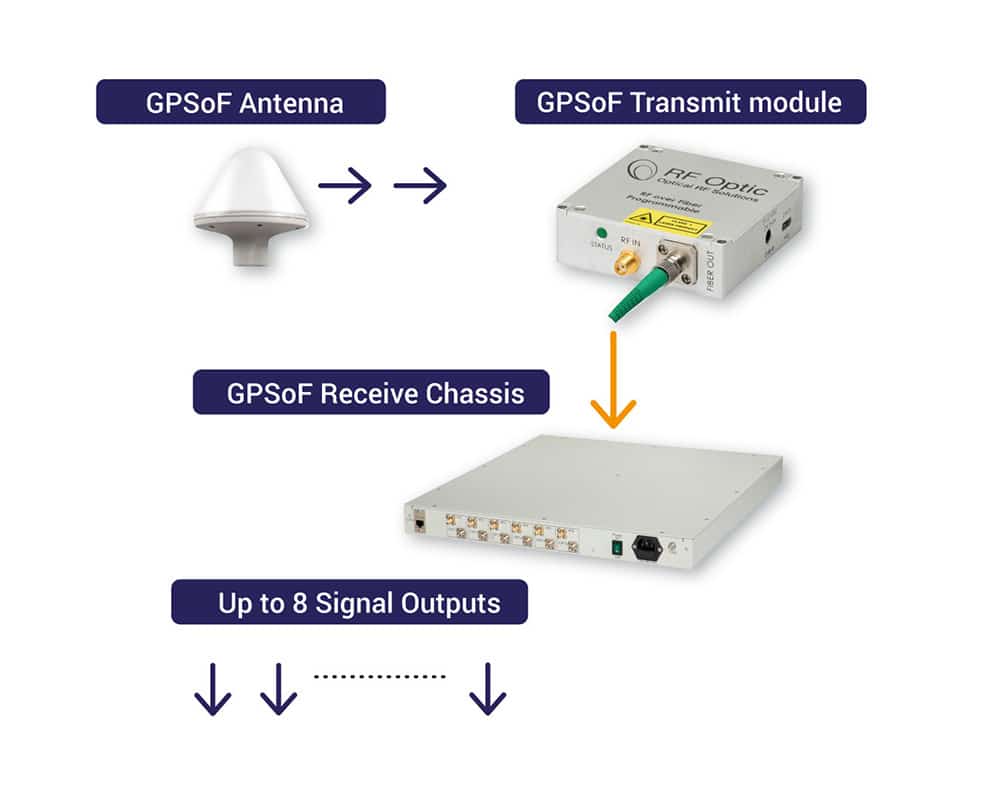
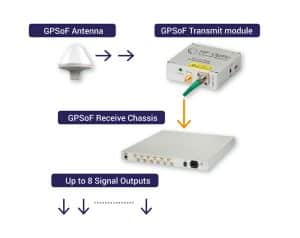 than a few kilometers which preclude the use of coax cable due to high loss. Minimal fiber infrastructure drives mobile companies to use the same infrastructure for GPS and digital signals using WDM technologies.
than a few kilometers which preclude the use of coax cable due to high loss. Minimal fiber infrastructure drives mobile companies to use the same infrastructure for GPS and digital signals using WDM technologies.